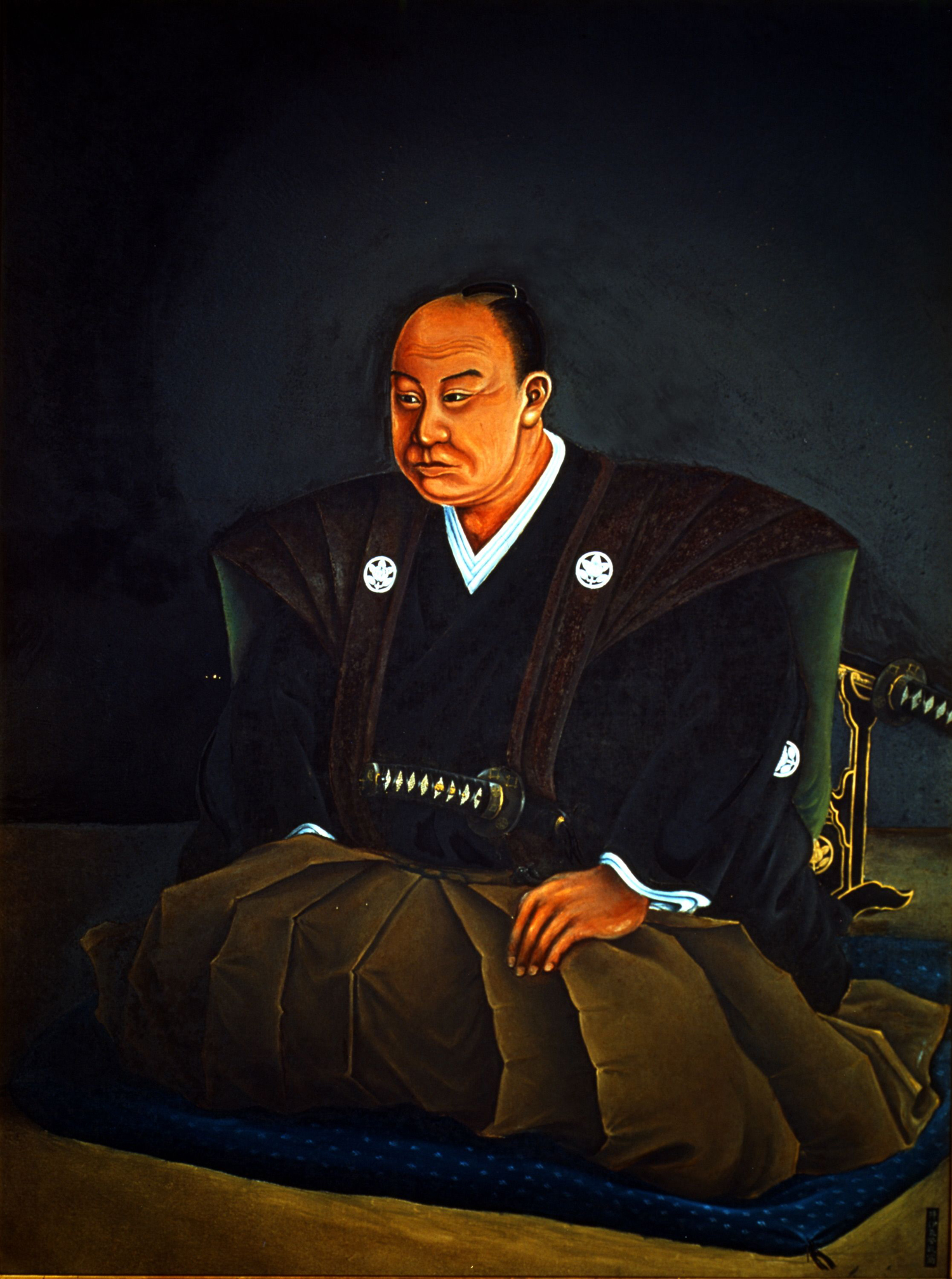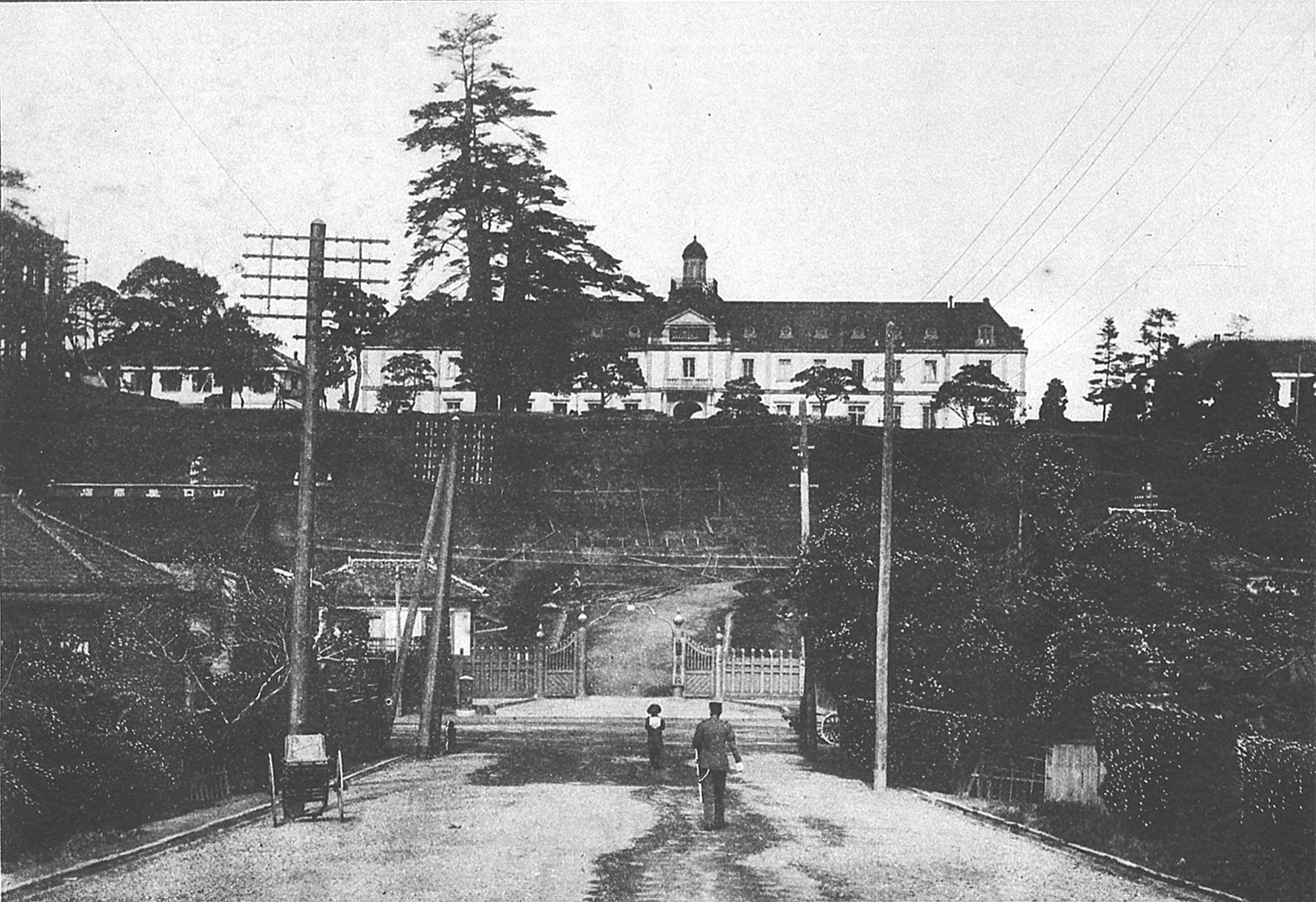|
Japanese 23rd Army
The was an army of the Imperial Japanese Army during World War II. History The Japanese 23rd Army was formed on June 26, 1941 under the Imperial General Headquarters. It was transferred to the control of the China Expeditionary Army on August 12 of the same year. It was based in Guangdong province and on Hainan Island to replace the Southern China Area Army which was disbanded June 26, 1941. The Japanese 23rd Army was primarily a garrison force to deter the possible landings of Allied forces in southern China. It was involved in the Battle of Guilin-Liuzhou (part of Operation Ichi-Go) from August–November 1944. The Japanese 23rd Army surrendered to the Chinese Kuomintang forces on August 15, 1945 with the surrender of Japan The surrender of the Empire of Japan in World War II was announced by Emperor Hirohito on 15 August and formally signed on 2 September 1945, bringing the war's hostilities to a close. By the end of July 1945, the Imperial Japanese Navy ... [...More Info...] [...Related Items...] OR: [Wikipedia] [Google] [Baidu] |
Empire Of Japan
The also known as the Japanese Empire or Imperial Japan, was a historical nation-state and great power that existed from the Meiji Restoration in 1868 until the enactment of the post-World War II 1947 constitution and subsequent formation of modern Japan. It encompassed the Japanese archipelago and several colonies, protectorates, mandates, and other territories. Under the slogans of and following the Boshin War and restoration of power to the Emperor from the Shogun, Japan underwent a period of industrialization and militarization, the Meiji Restoration, which is often regarded as the fastest modernisation of any country to date. All of these aspects contributed to Japan's emergence as a great power and the establishment of a colonial empire following the First Sino-Japanese War, the Boxer Rebellion, the Russo-Japanese War, and World War I. Economic and political turmoil in the 1920s, including the Great Depression, led to the rise of militarism, nationa ... [...More Info...] [...Related Items...] OR: [Wikipedia] [Google] [Baidu] |
Japanese Southern China Area Army
The was a field army of the Imperial Japanese Army during Second Sino-Japanese War. History The Japanese South China Area Army was formed on February 9, 1940 under the control of the China Expeditionary Army. It was transferred to direct control by the Imperial General Headquarters on July 23, 1940. Headquartered in Canton, it was responsible for direction of the Japanese invasion of southern China, garrisoning Japanese-occupied Guangdong Province and controlling military operations in neighboring Guangxi Province Guangxi (; ; alternately romanized as Kwanghsi; ; za, Gvangjsih, italics=yes), officially the Guangxi Zhuang Autonomous Region (GZAR), is an autonomous region of the People's Republic of China, located in South China and bordering Vietnam ( .... It was disbanded on June 26, 1941 and its component units were reassigned back to the China Expeditionary Army. On March 9, the 106th Division was recalled to Japan for demobilization from Central China. It was dis ... [...More Info...] [...Related Items...] OR: [Wikipedia] [Google] [Baidu] |
Naosuke Tomita
was ''daimyō'' of Hikone (1850–1860) and also Tairō of the Tokugawa shogunate, Japan, a position he held from April 23, 1858, until his death, assassinated in the Sakuradamon Incident on March 24, 1860. He is most famous for signing the Harris Treaty with the United States, granting access to ports for trade to American merchants and seamen and extraterritoriality to American citizens. He was also an enthusiastic and accomplished practitioner of the Japanese tea ceremony, in the Sekishūryū style, and his writings include at least two works on the tea ceremony. Under Ii Naosuke’s guidance, the Tokugawa shogunate navigated past a particularly difficult conflict over the succession to the ailing and childless Tokugawa Iesada. Ii Naosuke managed to coerce the Tokugawa shogunate to the last brief resurgence of its power and position in Japanese society before the start of the Meiji period. Ii was assassinated in the Sakuradamon incident by a group of 17 Mito and 1 Satsuma ... [...More Info...] [...Related Items...] OR: [Wikipedia] [Google] [Baidu] |
Tadamichi Kuribayashi
General was a general in the Imperial Japanese Army, part-time writer, haiku poet, diplomat, and commanding officer of the Imperial Japanese Army General Staff. He is best known for having been the commander of the Japanese garrison at the battle of Iwo Jima. Even before the battle, General Kuribayashi insisted upon sharing the hardships of his men. He also refused to permit banzai charges, which he regarded as an unnecessary waste of his men's lives. The United States Marine Corps had expected to capture Iwo Jima in five days, but Kuribayashi and his men held out for 36 days. It is believed that Kuribayashi was killed in action while leading his soldiers in a night-attack on American troops, but his body was never identified by the United States military. U.S. Marine Corps General Holland Smith said of Kuribayashi that "Of all our adversaries in the Pacific, Kuribayashi was the most redoubtable." Early life Tadamichi Kuribayashi was born into a minor samurai family in Han ... [...More Info...] [...Related Items...] OR: [Wikipedia] [Google] [Baidu] |
Hisaichi Tanaka
was a lieutenant general in the Imperial Japanese Army, and governor of Japanese-occupied Hong Kong in World War II. His name is occasionally transliterated "Tanaka Hisaichi". Biography Early career Tanaka was born in Hyōgo Prefecture to the Koganei family, and was later adopted into the Tanaka family, whose surname he took. He graduated from the 22nd class of the Imperial Japanese Army Academy in 1910 and after serving as a junior officer with the IJA 37th Infantry Regiment, he attended the Army's Toyama School and subsequently graduated from the 30th class of the Army Staff College in 1918. He served in various bureaucratic staff positions within the Imperial Japanese Army General Staff from 1919 to 1920, and was sent as a military attaché to the United States from 1923 to 1924. After his return to Japan, he continued to serve in various staff positions, mostly as an instructor, except for a brief stint as commander of the 1st Guards Regiment from 1935 to 1937. As general T ... [...More Info...] [...Related Items...] OR: [Wikipedia] [Google] [Baidu] |
Guangzhou
Guangzhou (, ; ; or ; ), also known as Canton () and alternatively romanized as Kwongchow or Kwangchow, is the capital and largest city of Guangdong province in southern China. Located on the Pearl River about north-northwest of Hong Kong and north of Macau, Guangzhou has a history of over 2,200 years and was a major terminus of the maritime Silk Road; it continues to serve as a major port and transportation hub as well as being one of China's three largest cities. For a long time, the only Chinese port accessible to most foreign traders, Guangzhou was captured by the British during the First Opium War. No longer enjoying a monopoly after the war, it lost trade to other ports such as Hong Kong and Shanghai, but continued to serve as a major transshipment port. Due to a high urban population and large volumes of port traffic, Guangzhou is classified as a Large-Port Megacity, the largest type of port-city in the world. Due to worldwide travel restrictions at the beginni ... [...More Info...] [...Related Items...] OR: [Wikipedia] [Google] [Baidu] |
Surrender Of Japan
The surrender of the Empire of Japan in World War II was announced by Emperor Hirohito on 15 August and formally signed on 2 September 1945, bringing the war's hostilities to a close. By the end of July 1945, the Imperial Japanese Navy (IJN) had become incapable of conducting major operations and an Allied invasion of Japan was imminent. Together with the United Kingdom and China, the United States called for the unconditional surrender of the Japanese armed forces in the Potsdam Declaration on 26 July 1945—the alternative being "prompt and utter destruction". While publicly stating their intent to fight on to the bitter end, Japan's leaders (the Supreme Council for the Direction of the War, also known as the "Big Six") were privately making entreaties to the publicly neutral Soviet Union to mediate peace on terms more favorable to the Japanese. While maintaining a sufficient level of diplomatic engagement with the Japanese to give them the impression they might be wi ... [...More Info...] [...Related Items...] OR: [Wikipedia] [Google] [Baidu] |
Kuomintang
The Kuomintang (KMT), also referred to as the Guomindang (GMD), the Nationalist Party of China (NPC) or the Chinese Nationalist Party (CNP), is a major political party in the Republic of China, initially on the Chinese mainland and in Taiwan after 1949. It was the sole party in China during the Republican Era from 1928 to 1949, when most of the Chinese mainland was under its control. The party retreated from the mainland to Taiwan on 7 December 1949, following its defeat in the Chinese Civil War. Chiang Kai-shek declared martial law and retained its authoritarian rule over Taiwan under the ''Dang Guo'' system until democratic reforms were enacted in the 1980s and full democratization in the 1990s. In Taiwanese politics, the KMT is the dominant party in the Pan-Blue Coalition and primarily competes with the rival Democratic Progressive Party (DPP). It is currently the largest opposition party in the Legislative Yuan. The current chairman is Eric Chu. The party originate ... [...More Info...] [...Related Items...] OR: [Wikipedia] [Google] [Baidu] |
Operation Ichi-Go
Operation Ichi-Go ( ja, 一号作戦, Ichi-gō Sakusen, lit=Operation Number One) was a campaign of a series of major battles between the Imperial Japanese Army forces and the National Revolutionary Army of the Republic of China, fought from April to December 1944. It consisted of three separate battles in the Chinese provinces of Henan, Hunan and Guangxi. These battles were the Japanese Operation Kogo or Battle of Central Henan, Operation Togo 1 or the Battle of Changheng, and Operation Togo 2 and Togo 3, or the Battle of Guilin-Liuzhou, respectively. The two primary goals of Ichi-go were to open a land route to French Indochina, and capture air bases in southeast China from which American bombers were attacking the Japanese homeland and shipping. In Japanese the operation was also called ''Tairiku Datsū Sakusen'' (), or "Continent Cross-Through Operation", while the Chinese refer to it as the Battle of Henan-Hunan-Guangxi (). Japanese plans Operation Ichi-Go had multiple obje ... [...More Info...] [...Related Items...] OR: [Wikipedia] [Google] [Baidu] |





